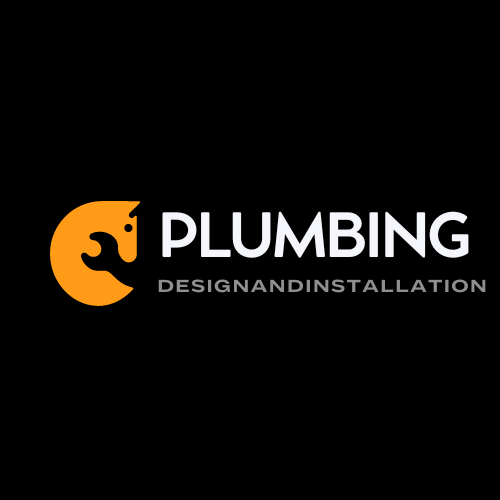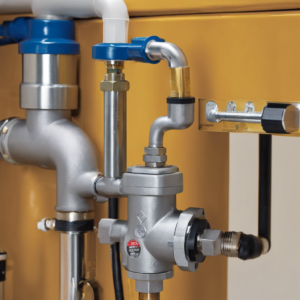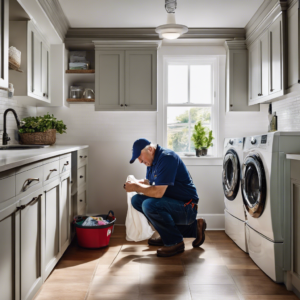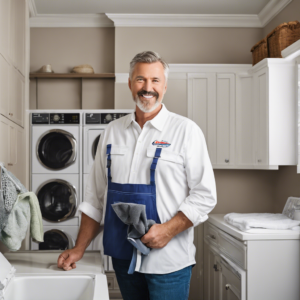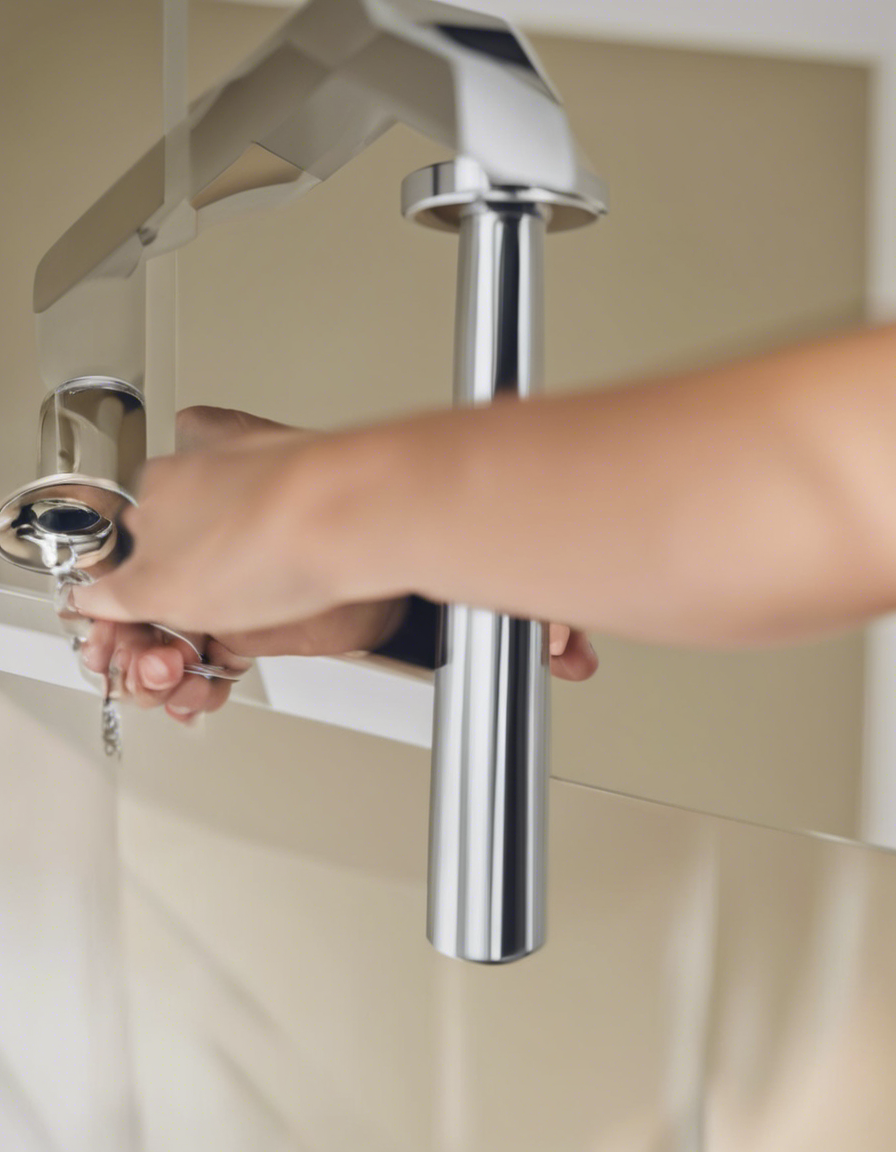
Learn how to shut off the main water valve to your house in case of a leak or emergency. Don’t wait until it’s too late – be prepared!
Every home has a crucial but sometimes overlooked component – the main water shutoff valve. Like a master circuit breaker controlling your home’s electric, this water shutoff valve lets you stop all water flowing into your house with a simple turn.
Knowing where this valve hides and how to work it empowers you when tackling plumbing repairs or during sudden emergencies like a burst pipe flooding your basement. Read on to learn why, when, and how to access and operate your main shutoff for essential peace of mind.
Purpose of the Main Water Shutoff
The aptly named main water or shutoff valve provides a convenient way to stop the pressurized flow of water from your home’s main supply line entering the house. This lets you:
- Safely complete DIY plumbing projects without dealing with active water flow
- Instantly minimize water loss and damage if serious pipe ruptures occur
- Winterize by draining pipes to prevent catastrophic freezing and cracks
So consider it an essential emergency brake for your home’s complex internal water infrastructure. Having the power to shut off the water prevents both headaches and disasters.
When You Need to Use the Shutoff Valve
Common scenarios which demand accessing your home’s main water shutoff valve include:
Planned Plumbing Work – If replacing a faucet, water heater, or pipe section, shutting water off at the main house valve lets you work safely on drainage and dry pipes. No soaked clothing mishaps!

Emergency Pipe Leaks – Overlooked drips can happen suddenly. But major pipe bursts cause disastrous flooding if unchecked. Quickly shut off the water supply via the main valve first before assessing and repairing breaks to minimize harm.
Periods of Extended Absence – For vacations, shutoffs provide insurance against leakage surprises while you’re away. For winterizing empty vacation homes, it’s the first step before draining pipes.
The shutoff also gets used when city utilities service meters or main lines. So now that you know why it exists and when to leverage it, let’s go over actually finding the shutoff valve!
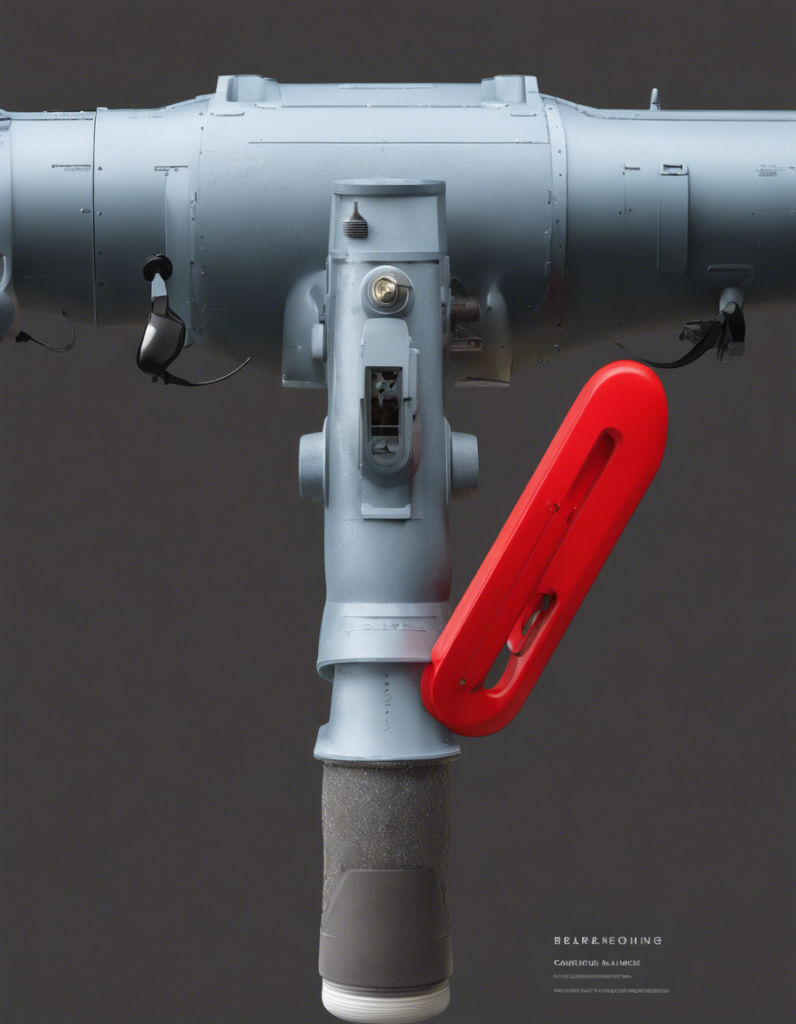
Identifying the Valve Location
Main water valves install where the home’s main water pipe enters, but some sleuthing can still be required to track it down if unmarked:
Common Shutoff Valve Spots
- Near the front external hose faucet
- Inside the basement near washer hookups
- Near the water heater or boiler
- Front yard box with underground piping access
Helpful Tips for Locating the Shutoff
- Trace pipes back from the water meter or appliances like the washing machine to find the main interior cutoff.
- Use valve shutoff tags or labels if present to identify the shutoff among clusters of mysterious valves.
- Check multiple locations like the garage, utility closet or crawlspace if unsure.
- Consult your city water department – public records pinpoint valve positions.
Keeping the shutoff access clear speeds emergency response. Avoid hiding it behind jumbled storage blocking access.
Okay, now that you’ve scouted your home shutoff valve hiding spot, let’s review actually using it:
How to Operate the Shutoff Valve
Once located, open the shutoff valve access panel or stem cap protecting it if necessary. Then:
Process to Shut Off Water
- Turn valve clockwise to rotate the internal handle mechanism toward closed position, preventing water from flowing through the pipe past the constriction point.
- Double check water stopped by opening taps to confirm flow ceases once fully rotated shut.
Restoring Water Flow
- Turn the valve counterclockwise slowly to reverse rotation back toward open alignment, allowing water to resume flowing through unobstructed pipes.
- Check for leaks initially before leaving unattended.
The required shutoff direction varies by valve so try both ways. Some cities use ball valves vs gate valves requiring opposite spins – up 90 degrees vs down.
Okay now that you’ve gotten hands-on experience with operating a main water shutoff valve properly, let’s review why turning off your home’s water comes in handy beyond just emergencies:
Reasons to Shut Off The Water
While critical for urgent pipe rupture scenarios, appropriately using shutoff valves also proves valuable for planned projects:
Helpful for Planned Plumbing Work
Instead of struggling to replace pipes, water heaters or toilet valves while water is still actively within the system, shutting supply off vastly simplifies repairs allowing components to safely drain.
Wise for Extended Home Vacations
If leaving your home vacant for weeks while traveling, shutting water avoids loose fitting leaks causing extensive interior water damage in your absence. For winterized vacation homes, it allows properly draining pipes too before harsh freezing. Shutoffs adds essential insurance and peace of mind.
Brief shutoffs won’t harm homes beyond appliances potentially losing programming. Ensure all faucets close afterward when restoring water flow.
While most crises warrant immediately resorting to the main shutoff valve closest to the home’s water inlet, other auxiliary shutoff options exist too:
Alternative Water Shutoff Options
When main valve access proves difficult or malfunctions occur, several backup water shutoff solutions exist:
Individual Room Shutoff Valves
Some homes feature separate shutoff valves beneath or behind sinks, toilets and appliances allowing shutting water off to that room only if issues are localized.
Emergency City Water Shutoff
If catastrophic disasters impact large areas or your main house shutoff fails, cities can switch off entire water grid zones granting equivalent isolation. But service restoration delay makes this only for dire last resorts.
So in summary, maintaining and familiarity with shutoffs – whether your main house valve or specific appliance feeds – is prudent maintenance allowing urgent care when the inevitable leak or burst line rears its ugly head unexpectedly.
Let’s recap key facts for using your home’s main water shutoff valve effectively:
In Conclusion
- Know your shutoff valve location hiding in the basement, garage, or water meter box outside before emergencies strike
- Close shutoffs slowly all the way for repairs or extended absences
- Restore flow gently while checking for leaks
- Mark shutoff valves clearly for easy identification amid clusters of mystery valves
While basic in functionality, mastering this invaluable spigot grants critical control over home water flow essential during renovations and costly floods. Have other lingering shutoff valve questions? Here are some additional FAQs:
Why won’t my main shutoff valve fully turn or close?
If the shutoff valve won’t budge or seems stuck, corrosion and mineral deposits may obstruct full rotation. Spraying lubricant penetrants like WD-40 into stems followed by gentle repeated twisting slowly coaxes valves back operational after decades motionless. Replacement is required if broken interior components cause permanent immobility.
Is completely shutting off a home’s water harmful?
No Beyond losing device programming, occasional full-home water shutoffs for repairs or winterizing won’t damage infrastructure. However, if enduring prolonged multi-day off periods, experts recommend briefly restoring flow monthly. Stagnant water promotes microbial growth in pipes. So periodic cycling prevents this.
What is the main water shut-off valve?
The main water shut-off valve is the valve that controls the flow of water into your house from the water supply line. It is usually located near the water meter or where the main water supply enters your home.
How do I find the main water shut-off valve?
The main water shut-off valve is usually located near the water meter or where the main water supply enters your home. It could be in the basement, crawl space, utility room, or near the water heater.
Why is it important to know where the main water shut-off valve is located?
Knowing the location of the main water shut-off valve is important for emergencies such as a burst pipe or major water leak. It allows you to quickly shut off the water supply to prevent further damage.
How do I shut off the main water supply to my house?
To shut off the main water supply, locate the main water shut-off valve and turn it clockwise (to the right) until it is fully closed. This will stop the flow of water into your house.
What are the different types of main water shut-off valves?
There are several types of main water shut-off valves, including ball valves, gate valves, and butterfly valves. Each type has a different mechanism for controlling the flow of water.
Can I shut off the main water supply from inside the house?
In some cases, the main water shut-off valve may be located inside the house, such as in the basement or utility room. However, it is more common for the valve to be located outside, near the water meter or where the main water supply enters the house.
What should I do if I can’t locate the main water shut-off valve?
Contact your water utility company or a professional plumber who can help you find and identify the valve.
Q: When should I turn off the main water supply to my house?
A: You should turn off the main water supply in the event of a plumbing emergency, such as a burst pipe, major leak, or when conducting repairs or installations that require the water to be shut off.
Q: Can I turn off the main water supply if I have a water heater?
A: Yes, if you have a water heater, you can turn off the main water supply to your house. The water heater will still retain hot water for a period of time even after the main water supply is shut off.
Q: How do I know if the main water shut-off valve is functioning properly?
A: To ensure that the main water shut-off valve is working properly, periodically test it by turning off the water supply and then turning it back on. If you encounter any issues, such as leaks or difficulty in turning the valve, consider contacting a professional plumber for inspection and repairs.
Should I upgrade old gate shutoff valves?
Modern 1/4- turn ball valve shutoffs open/close easier than outdated gate or wheel valves. If your main home shutoff valve strains to completely close or reopens reliable, replacing antiquated valves avoids being caught waterless during spring replacements or sudden floods.
So don’t neglect this small but vital tool enabling instant control over home water flow. Expertly wielding your main shutoff valve prevents both frozen pipe splits and soaked carpets when rapid response to plumbing mishaps is essential. Keep it accessible and functional year-round!
